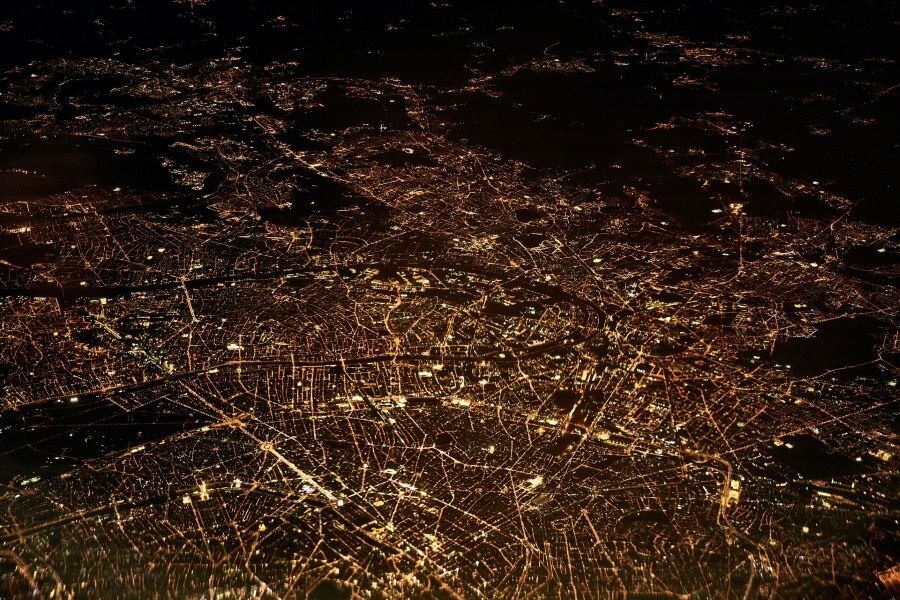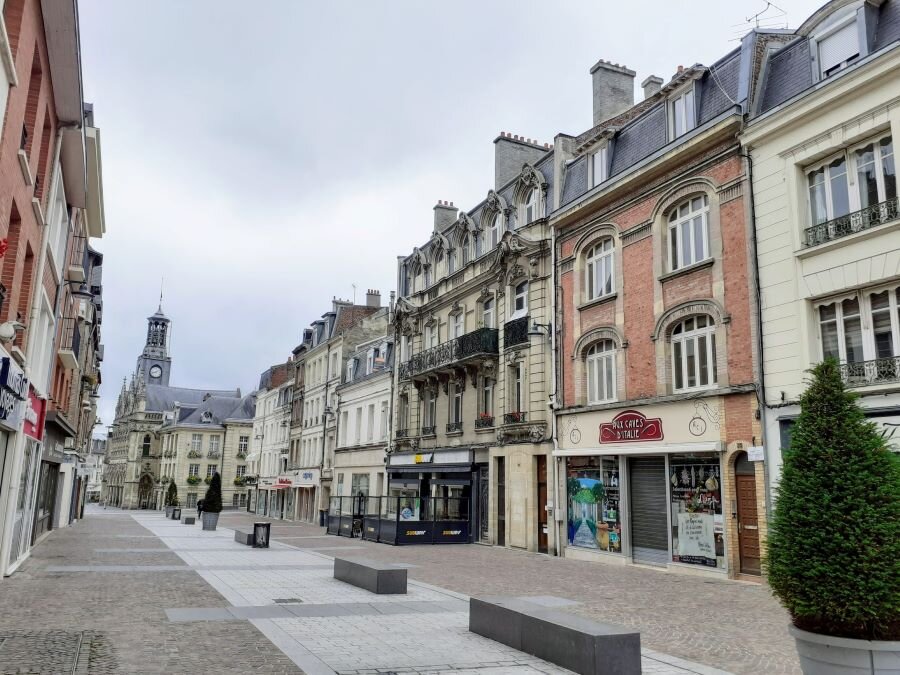Differences between the main regions of France
/Find out about the vastly different regions of France and what each area has to offer.
Looking to make an accurate French voiceover for a film? Hoping to do business in certain areas of France? Simply wanting to know more about this chic country?
If this is you, it’s a great idea to get to know the different regions of France. Let’s take a closer look…
Credit: Unsplash.
Auvergne - Rhône Alpes
Language - French and three indigenous languages; Occitan, Oil and Franco-Provençal.
This east-central region of France includes multiple departments, many of which are famous for skiing. The capital of the region is Lyon, although there are in fact three main cities - Lyon, Grenoble and St. Etienne. The region is known for being prosperous and service industries, petrochemical and pharmaceutical industries form a large portion of the economy here, as well as tourism of course.
Bretagne
Language - French and Breton Language
Bretagne (Brittany) shares a strong history with Celtic areas within Europe. This is because people fleeing from the Anglo Saxons many years ago fled to areas like Bretagne for safety.
The capital of the region is Rennes, which has a thriving industrial and educational economy. Across the region there are diverse landscapes, with rocky, rugged coastline on the North coast and sandy, much milder coastline on the South. The region is also known for its farming of dairy, although the tourism industry tends to be the leading industry in more recent years.
Bourgogne - Franche-Comté
Language - French and Burgundian Language, an Oil language spoken in Burgundy and the Morvan area of Burgundy.
Bourgogne (Burgundy) is comprised of; Yvonne, Nievre, Cote’d’Or and Saône & Loire. The capital is Dijon which has a strong economy made up of cultural, administrative, communication and distribution industries. The region is well known for its extensive vineyards which make some of the most esteemed wines in the world.
Corse
Language - French, Corsu (native Corsican) and Italian
Corse (Corsica) is an island that sits Southeast of the French mainland. It’s a favourite with nature-loving tourists who appreciate the huge variation in landscapes. From beautiful bays, to mountain ridges, forests and hilltop havens, there’s a lot to explore.
Despite it being part of France, it doesn’t feel like it on the Island, which has its own very special feel.
Centre - Val De Loire
Language - French
Centre sits just to the Southwest of Paris and is an incredibly popular tourist region because of its historical chateaus, forests and sweeping hills. There are six departments in the region, with the capital of the Centre being Orleans. The Northern part of Centre, in particular, has strong connections to Paris with both proximity and economical benefits.
Grand Est
Language - French, Alsatian, Champenois, Lorraine Franconian, English, German
Grand Est in France contains Alsace, Champagnes Ardennes and Lorraine. It is famous for holding over 400 castles, with around 100 still intact today. Walkers, in particular, love the region because there are so many phenomenal trails to explore.
Hauts-De-France
Language - French, West Flemish and dialects of Picard and Ch’ti
Hauts-De-France contains Aisne, Nord, Oise, Pas-De-Calais and Somme. The region is the Northernmost part of France and the capital of the region is Lille.
Unfortunately, this part of France is most famous for its part in the First World War and the Battle of the Somme. For that reason, the area has a lot of historical war cemeteries, battlefields, memorials and museums.
Credit: Unsplash. Matera.
Lle De France
Language - Modern French
Nouvelle Aquitaine
Language - French and local dialects including; Gascon, Basque, Poitevin, Languedocien
This region is the largest of all the French regions and its capital is Boudreaux. It has a lot to offer visitors, from the Pyrenees and Limousin mountains, to the vineyards of Bordeaux and the Dordogne Valley. There are plenty of stunning beaches, forests, lakes, towns and cities to be enjoyed in the area.
Normandy
Language - French, Norman French
Normandy is a deeply historical area of France, mainly because of the Norman invasion of England in 1066, and the D-Day landings of 1944. It also contains the famous Mont-Saint-Michel, various orchards, cliffs, coastline, beaches and the stunning River Seine winding through it.
Occitanie
Language - French and Languedoc, a group of dialects spoken in this part of France.
Occitanie has 13 departments within it all with different landscapes including; beaches, rugged coastlines and mountains to name a few. The region is particularly well known for producing phenomenal sea food, and for its various UNESCO World Heritage Sites.
Pays De La Loire
Language - French, Portuguese and German dialects
The Pays De La Loire is visited for many reasons, including the River Loire, which is flat and winding - perfect for camping, fishing and cycling. There are also beautiful chateaus, museums, areas of natural beauty and seaside resorts.
Provence & The Cote D’Azur
Language - French, Italian, Arabic, Spanish and Nissart Dialect
In 'Provence & The Cote D’Azur’: Many people love to visit this part of France because of its exceptional winding cliff top roads, which are equally exciting and hair-raising. It is sunny and home to some of the best beaches in the south of France. The markets are crying out to be explored and wandered through of a lazy morning.
When it comes to learning French, or looking to employ a local French voiceover agency, it’s really important to understand how different each region of the country is. It’s also always handy to know which parts of France might appeal to you the most if you plan a visit. The tricky part is choosing where to go first!





















